For many feline owners it’s not; but others may not be as quick to turn down this controversial procedure. Already banned in most countries and many US states, this can leave cat owners scratching their heads.
Before choosing one way or another let’s discuss the root of the scratching, alternatives, what declawing comprises of and potential complications.
Why does my cat scratch?
Scratching is a natural instinct in cats and has several purposes:
Trimming and manicuring nails.

Ever notice that outside layer of her claws? Those half moon shaped “things” you find around your house? Notice part of her claw hanging off on the sides? Shedding dead nail husks is the equivalent to that piece of skin that hangs from your nail or cuticle.
Tempted to pull or clip it off? Don’t! You don’t want to cause her any injury or pain and these will fall of naturally – well sort of. Scratching helps her remove this dead layer, that may already be painful to her; pulling it off will only hurt more. Imagine having your cuticles pulled off instead of trimmed!! Keeping her nails cut can help minimize the need for her scratching to remove those.
Please make sure to use cat nail clippers, not human ones. Although these may work, they can actually cause the nail to split; cat nail clippers are designed to keep this from happening.
Maintaining clean claws

Imagine something stuck beneath your nails, what is the first thing you do? Grab a nail file or something else to get beneath there and remove that dirt; it’s irritating, isn’t it? Missing opposable thumbs your feline has no other way to remove dirt stuck in their claws than to scratch on something. Keeping a clean potty environment will prevent cat litter or waste from clumping up in his claws; therefore no need to scrape on the carpet to clean them. Could you imagine having cat litter stuck beneath your nails? Yuck!
Anxiety or excitement

That’s a broad subject, isn’t it? Quite simply, anything that causes her stress or extreme happiness can have her expressing it by running and scratching the shit out of something. The same way we relieve stress by throwing an ax at a target – Aaahh the relief! They don’t jump up and down for joy like dogs nor wag their tails excitedly. The best they have is scratching and purring.
Marking territory
Did you know that your cat has scent glands in his paw pads? Neither did I! In the wild this is an important way for him to mark his territory; and let’s face it, felines still have a lot of ‘wild’ to work out of their system. He is simply saying “Hey, this is my couch, my carpet, my wall, etc.” And when he is gently pawing at your face or making ‘biscuits’, same thing; he is marking you as his human.
Stretching
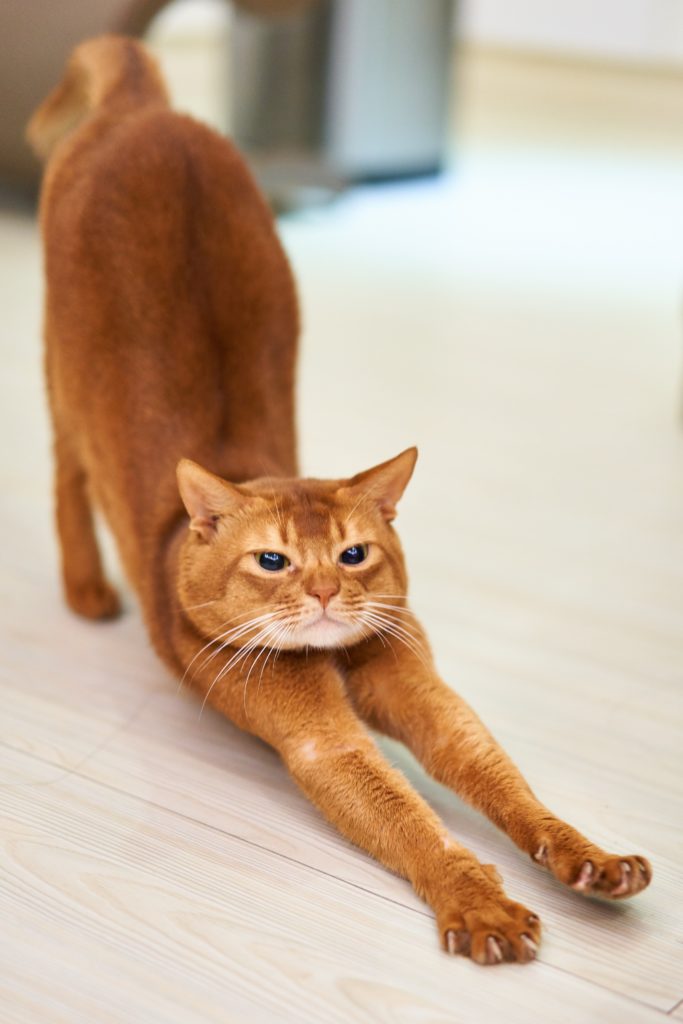
By hooking claws to brace, she can cause unintentional damage to carpeting, furniture or walls. The same way we grab the back of a chair while sitting down and stretch ourselves right and left.
So you see, none of this is due to “bad behavior”. Your cat is not acting out at all, simply keeping clean,marking territory or dealing with emotions. Cats who are mainly outdoors may not exhibit as much indoor scratching because they have a whole outside world to do that in.
How many times has your cat scratched your couch or carpet, used furniture or even walls to stretch on? Although this can be extremely frustrating, maybe now you have a better understanding as to why; arming you with better ways to cope with and deter such behavior. Speaking of ways to cope, this brings me to my next bit of information – antidotes to scratching behavior and declawing alternatives.
Manicure those claws!
Either do them yourself or have the vets office take care of that for you. Place kitty in your lap, facing away from you.
Gently take his paw and push on the bottom of the pad to expose the nail. Be mindful of the little pink area visible through the nail; cut just above that avoiding nicking the pink, as these are the blood vessels feeding the claw.

Nail caps –
Embellish your felines claws and keep furniture safe with these adorable clip-on covers.
A safe alternative to declawing used by many feline owners; not to mention how adorable are these?
Scoop, scoop and scoop some more!
Make sure the litter box is scooped daily or more if needed. A clean potty equals clean claws!
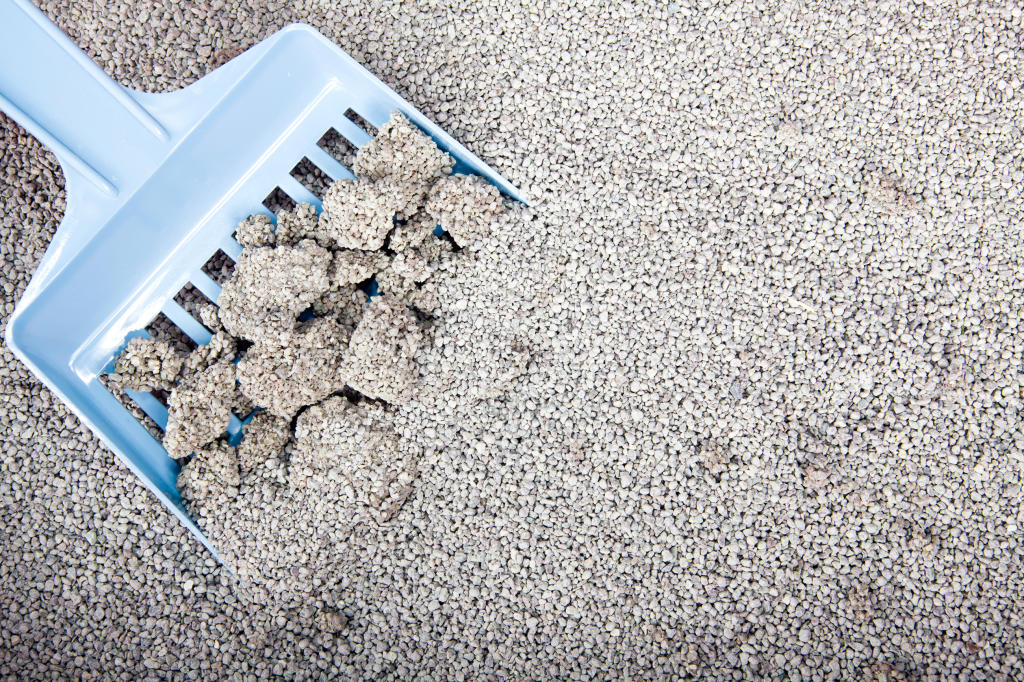
Kitty Therapy!
Focus on identifying possible triggers of anxiety or excitement affecting your feline.
Does she go scratch crazy when you arrive at home after work, or maybe shredding curtains when someone visits her home? Using the cabinet drawer or couch to stretch? If any of these seem to be a cause, try redirecting her behavior. A simple yet stern ‘NO’ and removing her from the situation can be quite effective; consistency is key!
Give her some attention and play with her if she is excited to see you.
If ‘stranger danger’ is an issue, try locking her in your or any room she is comfortable in while you have visitors. Leaving Tigger in our room while we have guests has helped keep his anxiety down tremendously.
Pheromones
This has a multitude of benefits!
Studies have shown this can help cats with anxiety, stress and curb the need to spray or scratch their “territory”. Simply spray areas you are trying to deter her from. There are also plug-in infusers to generate a generalized soothing environment. Has your vet ever used it in office to help calm your furbaby down, reduce anxiety?
Anxiety, stress or marking territory – helps with all these
Cat Calming Pheromone Spray - Amazon
Cat Calming Pheromone Spray - Chewy
Toys, toys, toys!
Offer plenty of acceptable ‘scratchable’ surfaces; scratch posts, corrugated cardboard toys or Tigger’s favorite
Turbo Scratcher Cat Toy - Amazon
Turbo Scratcher Cat Toy - Chewy
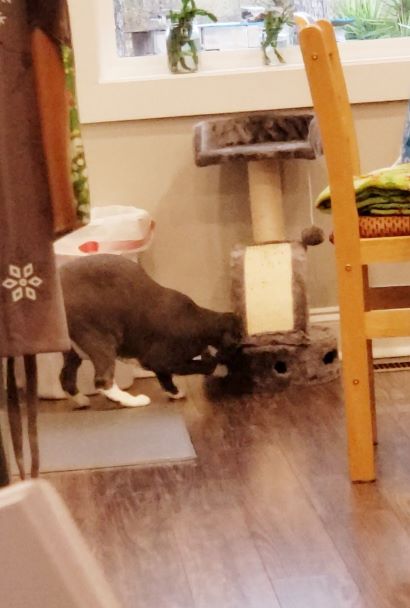
If your fur baby looks at them clueless like Tigger does, entice him by sprinkling catnip, placing a favorite toy or treat on them.
We have had this scratch post for almost a year and he is finally starting to play with it. I have moved it to several different locations and he finally ‘noticed’ it. Sometimes it just takes problem solving and patience.
If push comes to shove, place two sided tape or aluminimun foil in areas he is known to repeatedly scratch. This may be unsightly, but hopefully temporary as he will figure out – those areas are no fun!
Still not convinced?
De-clawing; sounds innocent enough, right? A long time ago I myself would think – “It’s just removing their nails/claws”.
Most pet parents who are considering declawing are not aware how radical and cruel this procedure actually is. Keep reading for detailed explanation of procedure, as well as long term complications that may arise post surgery.
Onychectomy
Declawing – Onychectomy:
Onych – referring to finger or toe bone (phalange)
Ectomy – removal/amputation of
Did you know that your nail is actually attached to your bone?
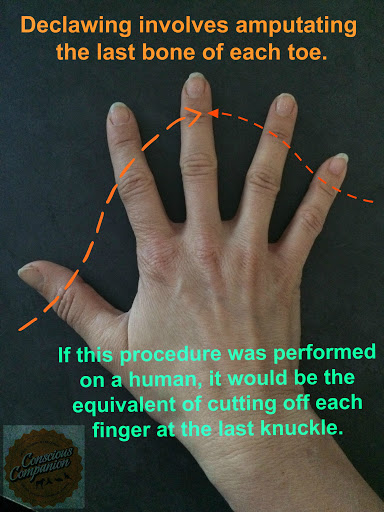
If you have ever had an ingrown nail removed you are aware that they incise all the way down to the bone to remove the problem nail. Animal claws are designed the same way. Attached to the distal phalange (toe/finger bone), the only way to declaw is to remove the entire distal bone of the toes; equivalent to chopping off your finger or toe tips.
Toe and finger tip amputation is a more accurate description of declawing.
Keep in mind – Once claws have been removed your feline is unable to defend itself and no longer able to go outside – ever again!
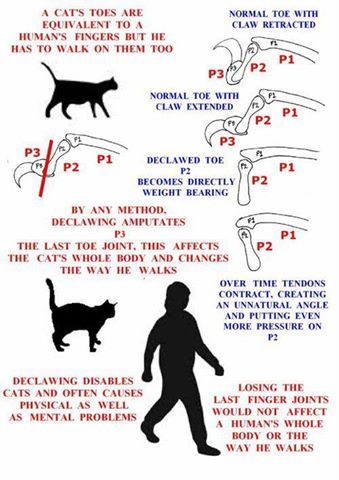
Post surgical complications
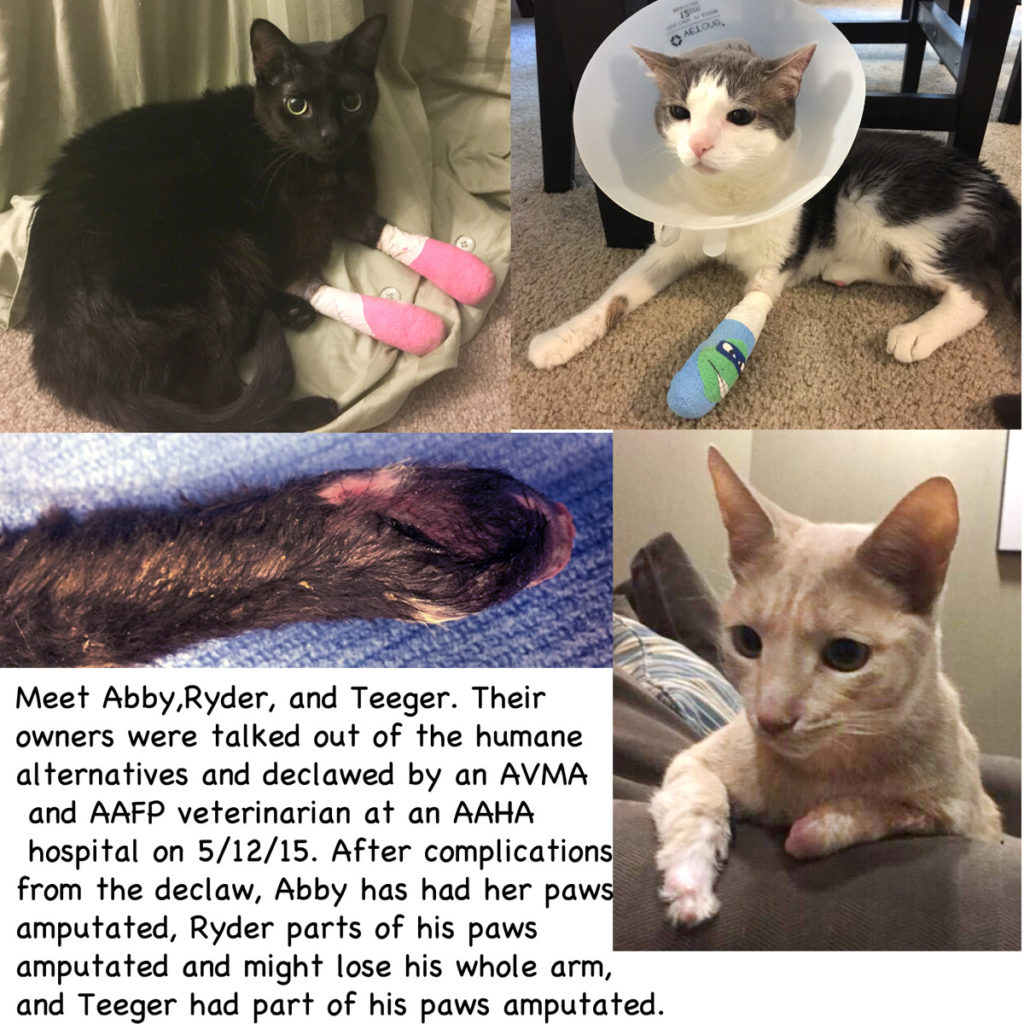
http://citythekitty.org/the-declawing-list-that-they-dont-want-you-to-see/ (retrieved March 4th,2020)
Some long term complications of declawing include but are not limited to:
Infection
As with any type of surgery, this is a possible risk and pet parents must be thoroughly informed of possible post surgical issues. No matter how well the paws are taken care of, he is constantly walking on his surgical site. Dust, dirt and litter (if he will even use the box) can easily cause serious infection. Post surgical antibiotics are a must to prevent significant complications.
Abnormal gait (manner of walking), back problems and arthritis
Walking on post surgical nubs can cause variation of how she carries herself. This will only cause further issues in the long run, such as back problems and possibly arthritis. Imagine walking on painful, bandaged toes – readjusting stature to minimize pain, relearning balancing with parts of your toes missing. Continuous manipulation of one’s gait (human and pet alike) will also, eventually cause permanent arthritic changes/pain.
Scar tissue is a normal occurence from surgery, but can become an increased issue if paw pads become injured during the procedure. Walking on painful scar tissue can lead to an even more exagerated ‘abnormal gait’, furthering possible permanent health issues.
Behavioral changes
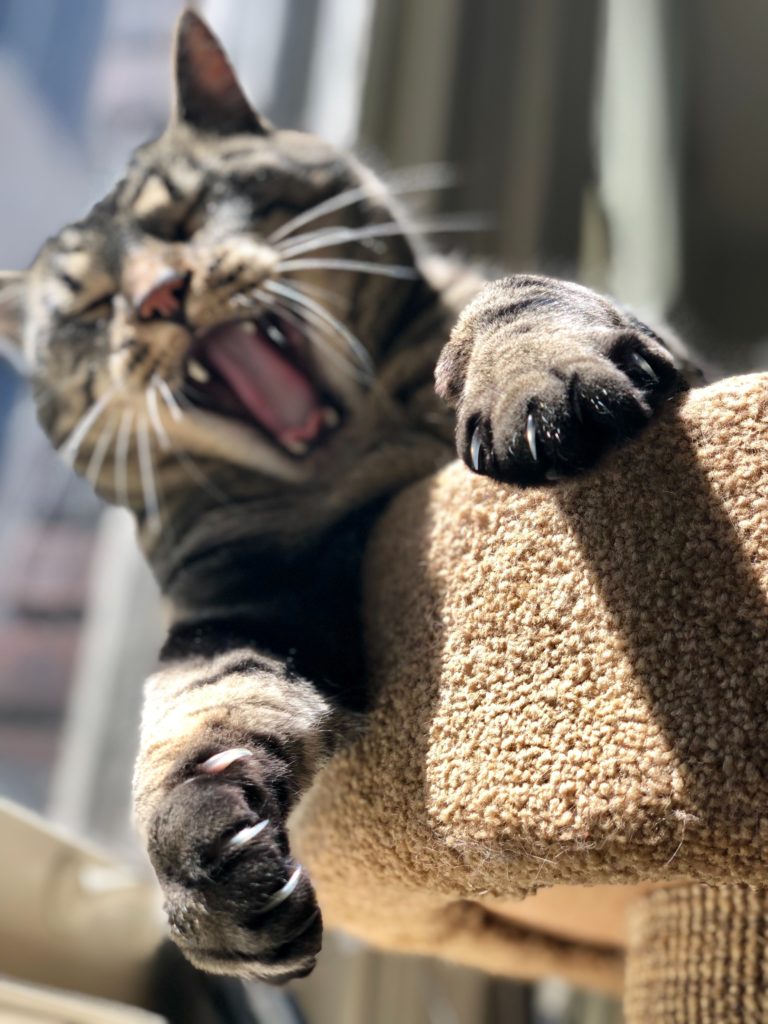
If continuously in pain, your kitty may show changes in behavior by refusing to use a litter box or become more depressed and anxious.
Since litter may be painful to newly or even healed amputated toes, your cat may avoid it by voiding and defecating in other areas throughout the house.
Biting may become a defense mechanism since claws are no longer available.
Abscess
A swollen area within body tissue, containing an accumulation of pus. If the paw pad becomes injured during surgery it can cause a pocket underneath the skin to accumulate infection. An unnoticed or untreated abscess can lead to sepsis, a potentially life threatening multi organ infection.
Medical issues requiring Onychectomy
Sometimes it is medically necessary to remove one or multiple claws; some of these include but are not limited to:
Paronychia – Nail bed infection – when persistent and non-responsive to treatment; threatening further damage or debilitation of claw/paw.
Gangrene – Advanced bacterial infection that causes tissue or bone death
Deformities – Inability to retract claw or other debilitating abnormalities
Inflammation – Chronic and debilitating
Tumors – Cancerous and non cancerous alike
If you have any questions regarding getting your cat declawed, please thoroughly discuss all options with your veterinarian. This procedure may be necessary for some felines, and being educated on all possible outcomes is important.
Some more informational articles on Cat-declawing:
Humane Society
ASPCA
Cat World
Pet Health Network
* Items for purchase throughout article, are affiliate links to products that I can personally attest to. Using these links allows us to receive a small commission at no extra cost to you; and will be greatly appreciated!
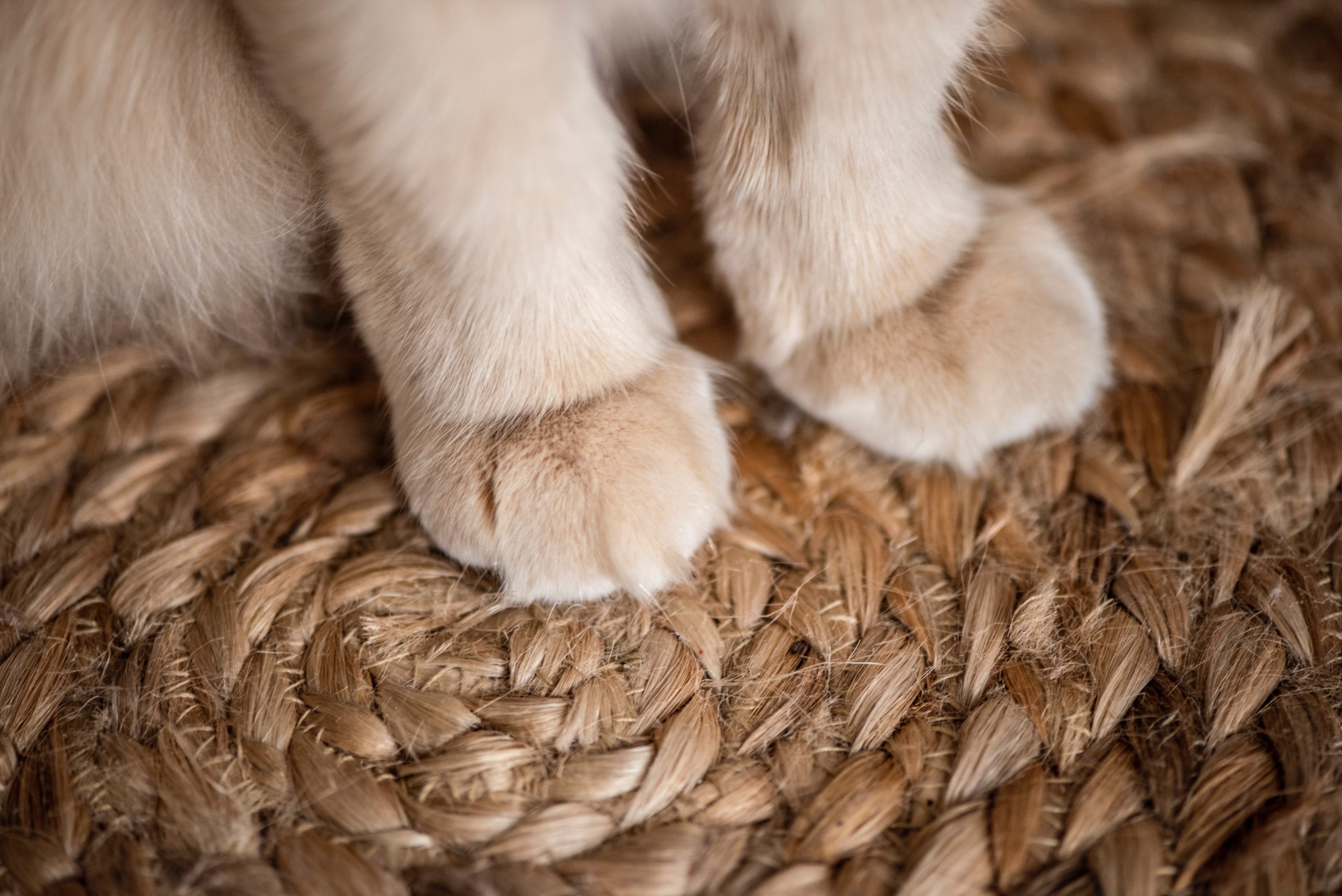
Recent Comments